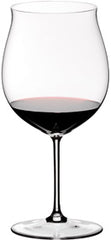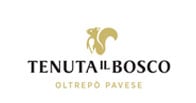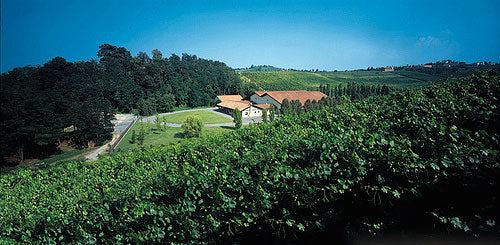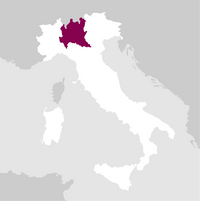Description
An ancient name, which comes to life from ancient testimonies: Poggio Pelato identifies a vineyard that due to its microclimate and the conformation of the soil enhances the varietal characteristics of Pinot Nero, which finds here a favorable asylum. Respect in the vineyard and attention in the wine making cellar are the tools leading to this wine, explicit already in its light yet bright ruby color and featuring intense, precise and defined aromas of currants, rhubarb and a thin dark spice. The sip explodes in a full richness, it is vast and expressive, bright with fruity notes and fresh with a vibrant finish featuring the typical acidity of the vine.
Awards
Details

Perfume

Color

Taste
Serve at:
16 - 18 °C.
Longevity:
05 - 10 years
Decanting time:
1 hour

Pairings
- Start up year: 1987
- Oenologist: Piernicola Olmo
- Bottles produced: 1.000.000
- Hectares: 152
During the Middle Ages the town was called Zenevredo della Pusterla, thanks to the fact that almost all of its territory belonged to the Monastery of Santa Maria Teodote, which was also known as “della Pusterla” because of a small door (postierla) opened up in the 12th century in the wall surrounding the building, which gave direct access to the world outside, without having to pay any duties.
But what is the history of grape-growing and wine production in the Oltrepò Pavese? It was probably the Barbarians who gave this name to the lands they encountered after having crossed the River Po, descending from the North. Inhabited by Ligurians and Insubrian Gauls, the Oltrepò passed under Roman dominion following the famous battle of Clastidium (present-day Casteggio), which took place in 222 B.C.
Under the Romans the area underwent considerable development, due in part to the construction of major communication routes. At that time, as we learn from the chronicles of Pliny the Elder, viticulture was practised successfully and, as Columella relates, good wines were available for drinking. After the fall of the Western Roman Empire, it was the Barbarians who occupied this area. In the Middle Ages, famous noble and clerical families took turns in holding sway over the region.
The Malaspinas, Viscontis, Beccarias, Dal Vermes and Sforzas controlled the area and wrote the story of the Oltrepò, also leaving a trace of their long-held power in the watchtowers, castles, churches and splendid mansions that one can still admire in the towns and villages around Pavia.
For centuries the Oltrepò was a much fought-over zone. As a result of peace treaties, it passed into the hands of the great powers of the time: France, Spain, and then Austria which, under the reign of Maria Theresa, ceded the Oltrepò to the crown of Sardinia under the Treaty of Worms (1743).
The early studies on ampelography and cadastral censuses carried out towards the end of the 18th century bear witness to the area’s important vocation for wine production and for the significant diffusion of viticulture. At the beginning of the 19th century, after a brief return to French dominion under Napoleon, the Oltrepò once again became part of the Kingdom of Sardinia and it was in this period that the vine-growers of Piedmont began cultivating the Pinot Nero variety in the lands to the east of the historic Langhe, Asti and Monferrato zones. Read more


| Name | Tenuta Il Bosco Pinot Nero Poggio Pelato 2017 |
|---|---|
| Type | Red still |
| Denomination | Pinot Nero dell'Oltrepò Pavese DOC |
| Vintage | 2017 |
| Size | 0,75 l |
| Alcohol content | 13.5% by volume |
| Grape varieties | 100% Pinot Nero |
| Country | Italy |
| Region | Lombardy |
| Vendor | Tenuta Il Bosco |
| Origin | Zenevredo, Oltrepò Pavese |
| Soil composition | Calcareous clayey-limy soil with the presence of malmstone. |
| Cultivation system | Guyot |
| Plants per hectare | 4500 |
| Yield per hectare | 75 q. |
| Harvest | Manual. First week of September. |
| Wine making | The grapes, harvested with great care, are subject to a cold maceration process for 4 days, followed by fermentation. After the racking, the wine is left to settle and then put in part in 228 l barriques and in part in 25 hl barrels. |
| Aging | The malolactic fermentation was left to develop naturally in the barrels in spring with the natural increase in the cellar temperatures. After a year of aging in wood, the wine was left to refine 4 months more in steel and then spent the last 8 months in the bottle. The wine is never clarified, chilled or filtered and, therefore, it retains its strong uniqueness character. |
| Year production | 15000 bottles |
| Allergens | Contains sulphites |






